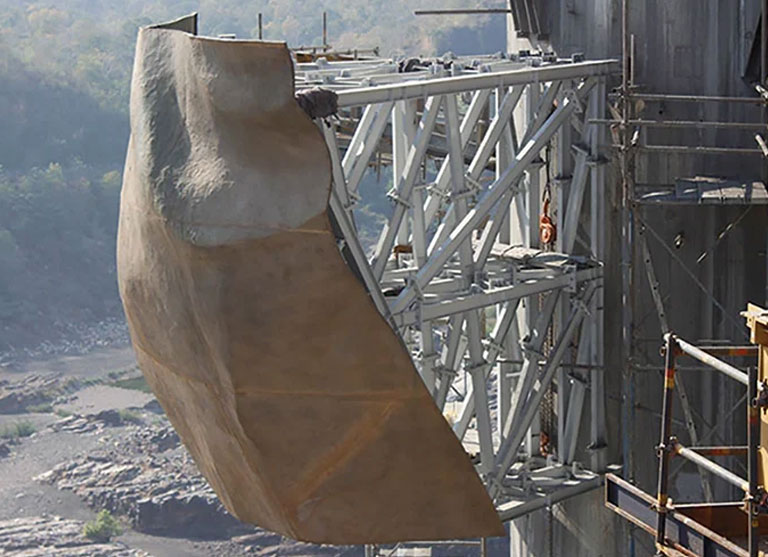
Statue of Unity Tent City

Blog
The Green Initiative! Amazing Sustainability Efforts Surrounding the Statue of Unity and Its Environmental Impact
In the heart of Gujarat's serene landscape, the Statue of Unity stands tall as a symbol of national pride and unity. Yet, beyond its towering presence lies a commitment to sustainability and environmental stewardship. In this blog, we delve into the green initiative surrounding the Statue of Unity, exploring the sustainability efforts undertaken and their profound environmental impact.
1. Eco-friendly Construction Practices
From its inception, the construction of the Statue of Unity prioritized eco-friendly practices to minimize its environmental footprint. Sustainable materials were sourced locally wherever possible, reducing transportation emissions. Additionally, construction methods were optimized to minimize waste generation and conserve natural resources.2. Renewable Energy Integration
A cornerstone of the sustainability efforts surrounding the Statue of Unity is the integration of renewable energy sources. Solar panels adorn the monument's infrastructure, harnessing the abundant sunlight to power various facilities and amenities. This commitment to renewable energy not only reduces carbon emissions but also promotes energy independence and resilience.
3. Waste Management and Recycling
Efficient waste management practices are implemented throughout the Statue of Unity complex to minimize landfill waste and promote recycling. Segregation bins are strategically placed, encouraging visitors and staff to separate recyclables from non-recyclables. Organic waste is composted, contributing to the cultivation of green spaces within the complex.
4. Biodiversity Conservation
Surrounded by lush greenery and the tranquil Narmada River, the Statue of Unity complex serves as a sanctuary for biodiversity. Native plant species are preserved and propagated, creating habitats for local flora and fauna. Additionally, wetlands and water bodies within the complex provide vital ecosystems for aquatic species and migratory birds.
5. Environmental Education and Awareness
The Statue of Unity serves as a platform for environmental education and awareness, inspiring visitors to appreciate and conserve nature. Interpretive signage and educational exhibits highlight the importance of biodiversity conservation, renewable energy, and sustainable living practices. Visitors are encouraged to adopt eco-friendly behaviours both within the complex and in their daily lives.
6. Community Engagement and Empowerment
Sustainability efforts surrounding the Statue of Unity extend beyond the complex, empowering local communities to participate in environmental conservation initiatives. Community-led programs promote tree plantation drives, waste reduction campaigns, and eco-tourism ventures, fostering a sense of ownership and stewardship over the region's natural resources.
The Statue of Unity stands not only as a testament to India's unity and pride but also as a beacon of sustainable development and environmental stewardship. Through eco-friendly construction practices, renewable energy integration, waste management initiatives, biodiversity conservation efforts, and community engagement programs, the Statue of Unity complex demonstrates a commitment to preserving the planet for future generations. As visitors marvel at the magnificence of the monument, they are also reminded of the importance of nurturing and protecting the natural world that surrounds it.




